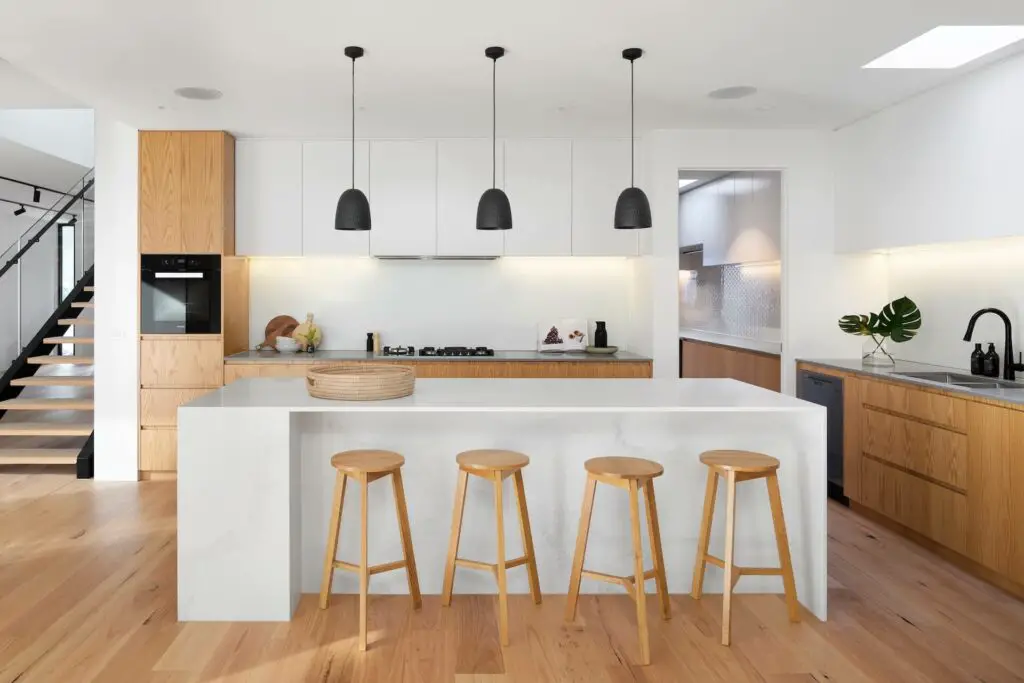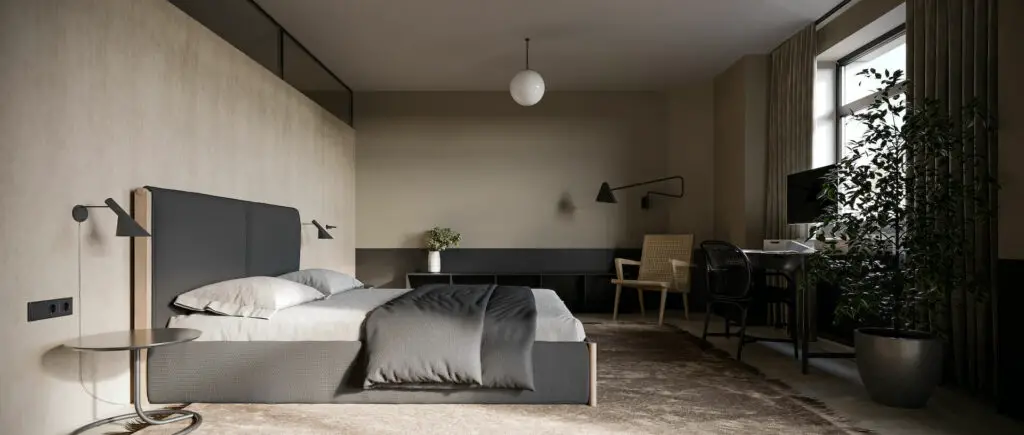The living room is the heart of every home. A space for relaxing, having guests over, spending time with your family, and so much more. This means only one thing: a fun lighting challenge for you.
In this article, we will discuss what the ideal lumens for the living room are. Because of its functionality and dissimilarity from one home to another, the living room is quite difficult to light up, which is why we will segment it into different areas.
First things first. How many lumens do I need for a well-lit living room?
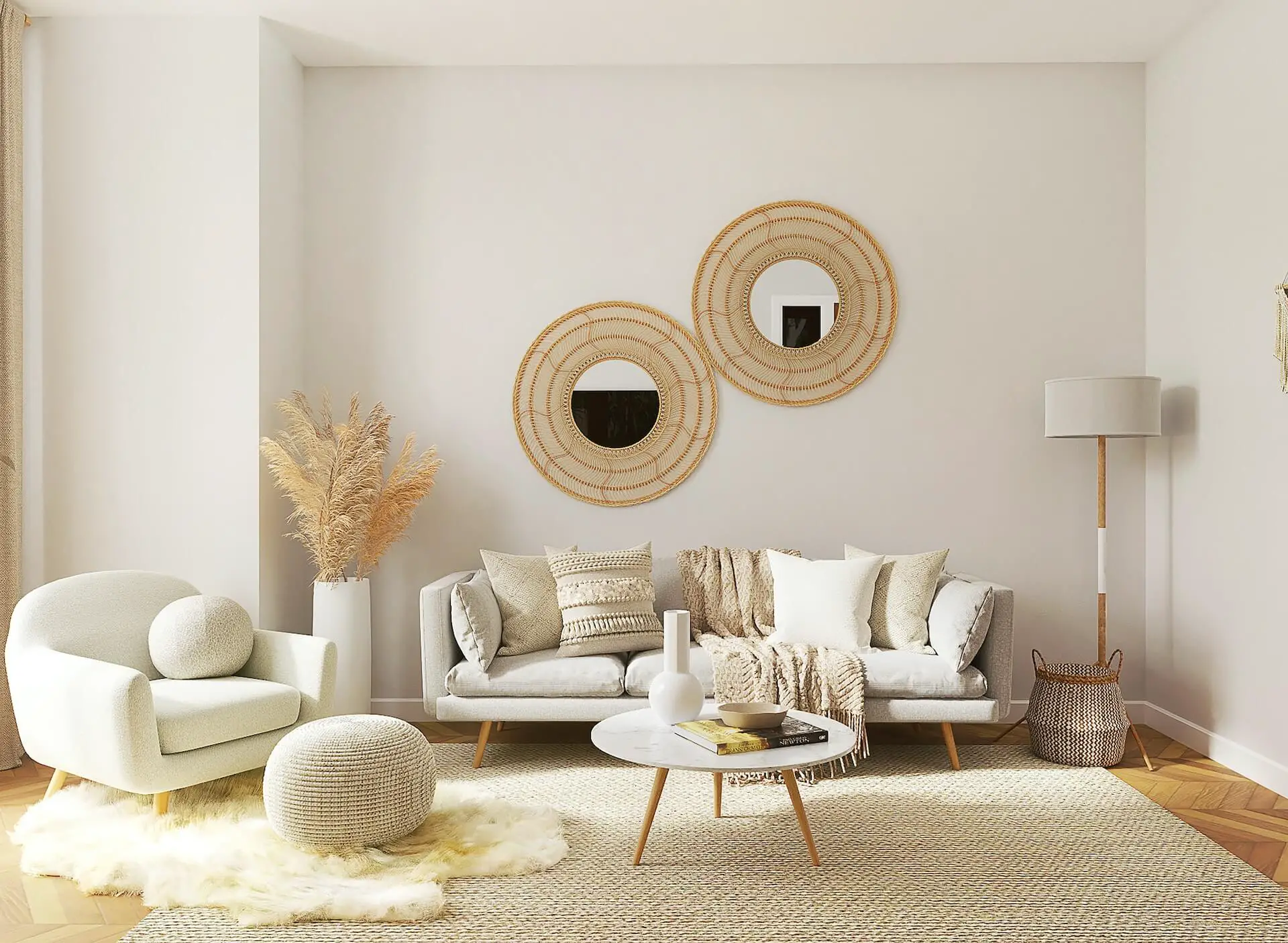
For ambient light, you need about 15 lumens per square foot (160 lumens per square meter) of your living room. For task lighting, you need about 35 lumens per square foot (370 lumens per square meter) of your task area. For example, if your living room is 250 sq. ft. (23 sq. m.), you need about 250*15=3750 lumens of ambient light. These do not need to come from a single source. If your task area (e.g., reading a book on the couch) is 15 sq. ft. (1.4 sq. m.), you need about 15*35=525 lumens.
As you can see, this question is more complicated than it looks at first. Keep reading to learn all the details about the perfect distribution of lumens for the living room.
What Are Lumens And Why Are They So Important?
Lumens are a measure of the total visible light emitted by a light source per unit of time. Basically, lumens quantify the brightness of a light source. The higher the lumens, the brighter the light.
Check out these key points about lumens:
- Brightness Measurement: Lumens provide a standardized way to measure the brightness of different light sources regardless of the type of bulb. As such, they have replaced watts, which are no longer an accurate measurement of brightness, since different bulbs consume different amounts of electricity for the same brightness.
- Relevance to Light Bulbs: When you purchase light bulbs, the packaging typically includes information about the bulb’s lumen output. This helps you choose bulbs that provide the ideal level of brightness for a specific space or task, so it’s good to be familiar with the numbers.
- Purpose of Lighting: Lumens are crucial in determining the appropriate lighting for different activities and settings. For example, a brightly lit kitchen or workspace requires more lumens than a cozy living room or bedroom.
- Room Size and Illumination: The number of lumens needed for a particular space depends on factors such as the room’s size, purpose, and the desired level of illumination. Properly assessing these factors ensures that the lighting meets both our functional and our aesthetic needs.
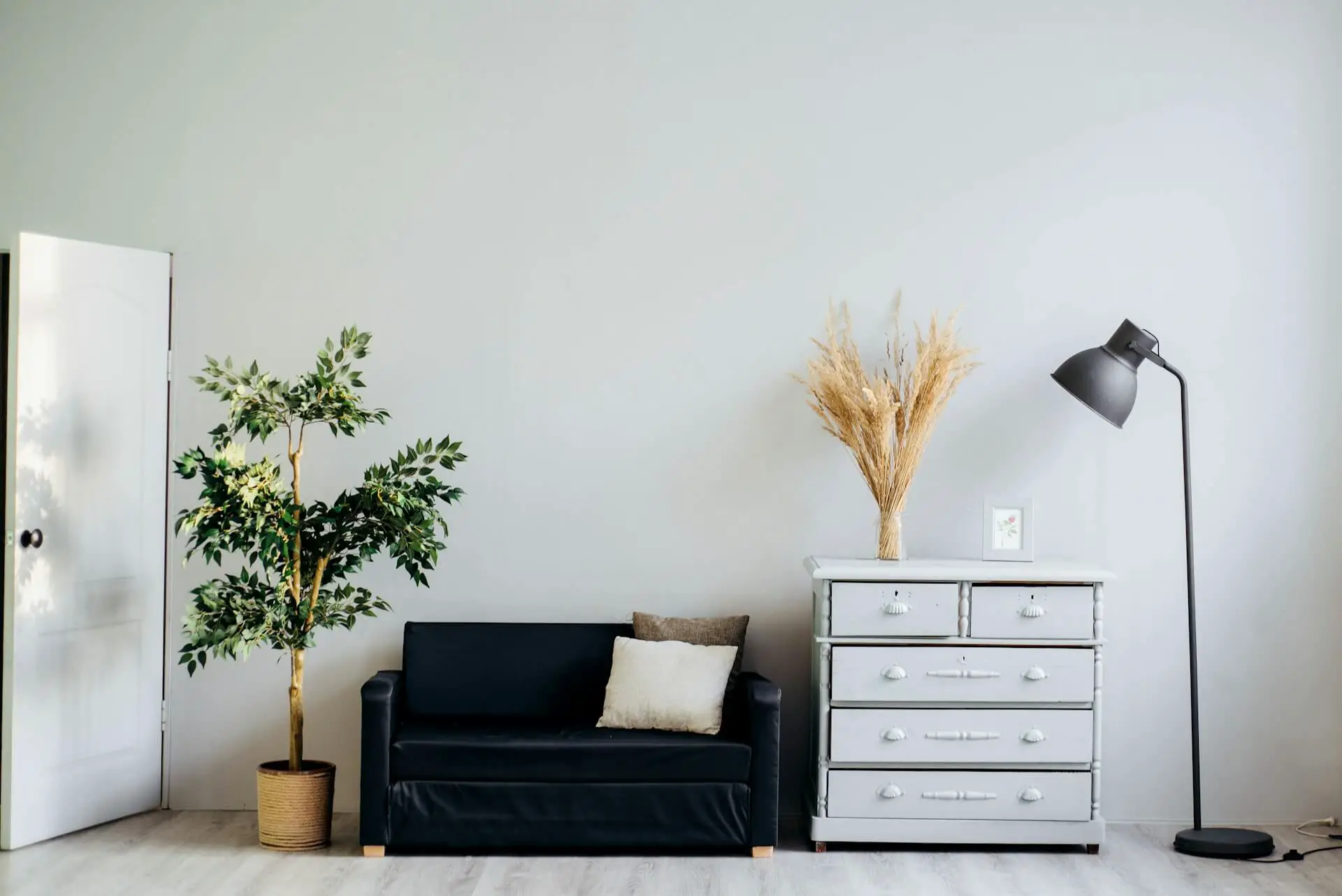
Ambient Lumens For The Living Room
Keeping in mind that the living room is a space used for relaxation and recreational activities, the number of lumens we need will be relatively lower compared to that for fully functional rooms like the kitchen.
As such, the suggested number of lumens for the living room is 10-20 lumens per square foot (110-220 lumens per square meter). You can be on the higher or lower end of the spectrum based on your preferences. However…
Pro Tip: It’s better to over-light than under-light your living room. Then, you can use dimmer switches and bring down the brightness a notch if it’s too much.
For some examples, let’s check the table below:
| Living room area in square feet | Number of lumens needed |
|---|---|
| 150 | 1500-3000 |
| 200 | 2000-4000 |
| 250 | 2500-5000 |
| 300 | 3000-6000 |
| 350 | 3500-7000 |
| 400 | 4000-8000 |
| 450 | 4500-9000 |
| 500 | 5000-10000 |
And for the metric system:
| Living room area in square meters | Number of lumens needed |
|---|---|
| 15 | 1600-3200 |
| 20 | 2200-4400 |
| 25 | 2700-5400 |
| 30 | 3300-6600 |
| 35 | 3700-7400 |
| 40 | 4400-8800 |
| 45 | 4700-9400 |
| 50 | 5500-11000 |
Remember: Not all lumens must come from the same light source. In fact, it’s important to diversify your light sources, especially in bigger spaces.
Some of the best fixtures for ambient light in the living room are:
- Recessed can lights
- Semi-flush/flush mount lights
- Cove lighting
- Ceiling fan with light
The reason why chandeliers and pendants are not included in this list is that you generally don’t want something obstructing your view when standing up or taking up too much space in your living room. You want the room to feel big and spacious, and you want it to be lit as evenly as possible. However, not all experts agree on this one! (hint: expert tip #4)
Mostly pendants but also certain chandeliers sometimes tend to provide more focused light. This can also be true for ceiling fans but you want the air in the living room to recirculate, which is why a ceiling fan is a good idea.
Always connect your ambient light fixtures to dimmer switches, so you can dim the lights when e.g., watching TV and reduce the glare.
Pro Tip: Another great option is dimmable torchiere lamps, which throw the light into the ceiling and create a sweet ambiance.
Task Lumens For The Living Room
The most common tasks in the living room are watching TV, reading a book, playing board games with the family, and other similar activities.
With the exception of the TV, all other activities require their own light.
The suggested task lumens for the living room are 30-40 lumens per square foot (300-400 lumens per square meter) of your task area!
What do I mean by “your task area”? Well, if for example, you have an armchair with a table lamp for reading books, the task area is the area of the armchair and table combined.
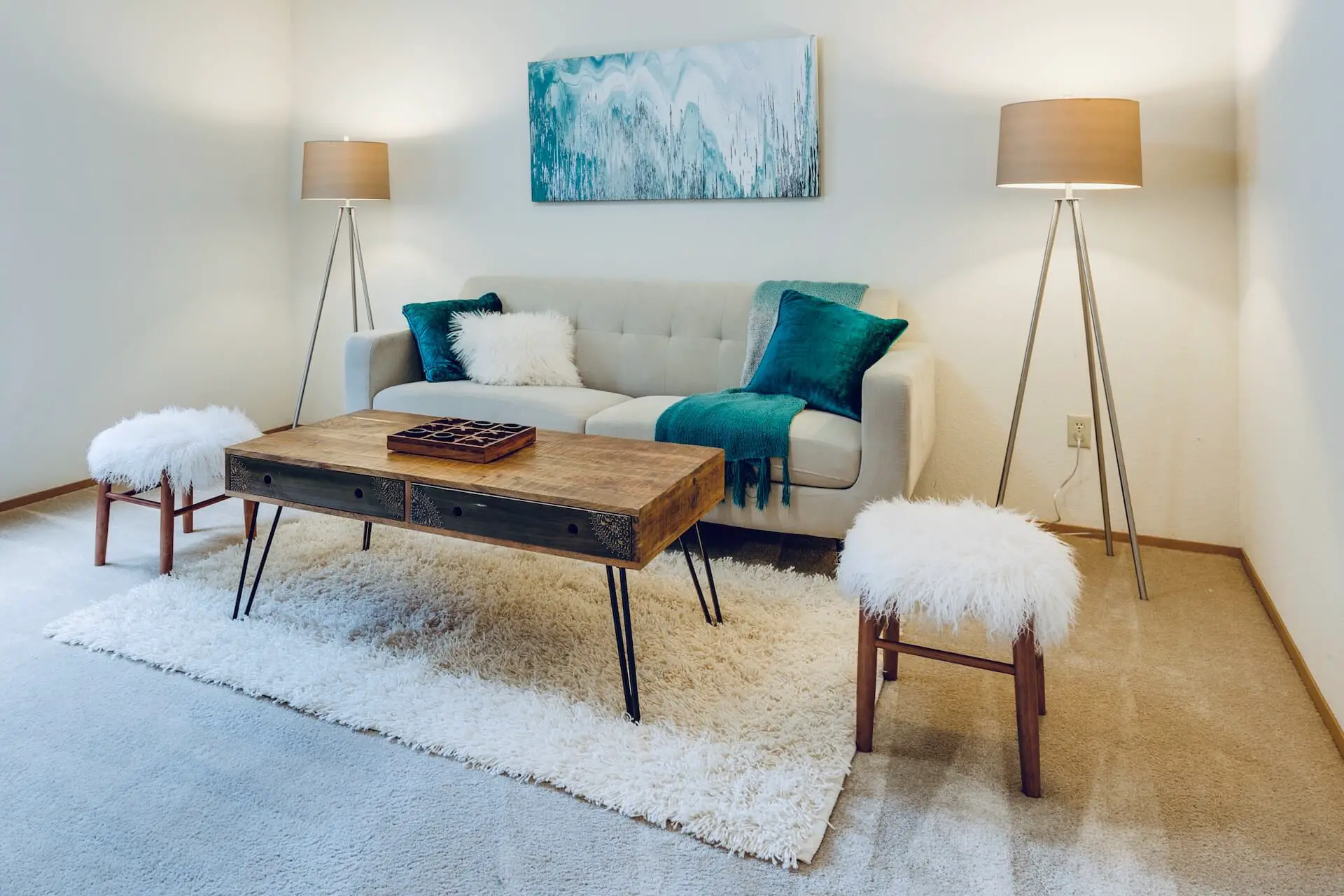
So task areas in the living room usually don’t exceed 15 sq. ft. (1.4 sq. m.) so it’s easy to make the calculation.
Simple as that!
The most common fixtures for task lighting in the living room are:
- Table lamps
- Floor lamps
- Sconces (if your task area is next to a wall)
Pro Tip: If you have dimmable lamps, choose the higher lumen output because you’ll be able to adjust it. If you have non-dimmable bulbs aim for the middle of the range provided above for the safest result.
Special Considerations
If your ceiling height is more than 10 feet (3 meters), you will need more than the above-recommended lumens for ambient light.
Why?
In the case of recessed can lights, the light source will be further away from the main living room area. With sconces or uplighters, more light will be diffused away from the source.
There is no clear-cut way around this, but I would suggest increasing your lumens by 5% for every extra foot (30 cm).
Similarly, dark walls absorb more light, thus increasing your lumen requirements.
If your living room walls are dark, go for about 10% more lumens than the above recommendations.
Pro Tip: Always try to maximize daylight in your living room. Use white or beige curtains and keep your windows unobstructed.
Wrapping up
Lumens determine how bright a bulb is, and the living room is a relaxing space where we want to have as much control over our lighting as possible. Knowing how many lumens we need for each of our fixtures is the first step to designing a perfectly balanced lighting scheme for the living room.
Remember that it’s best to over-light than under-light a space while making sure we have control over the brightness by using dimmers.
Dimmers are your best friend when it comes to living room lighting.
So now that you know your ideal lumens for the living room, you can start creating your awesome lighting scheme! See you in the next one and feel free to contact me if you have any comments or questions.
